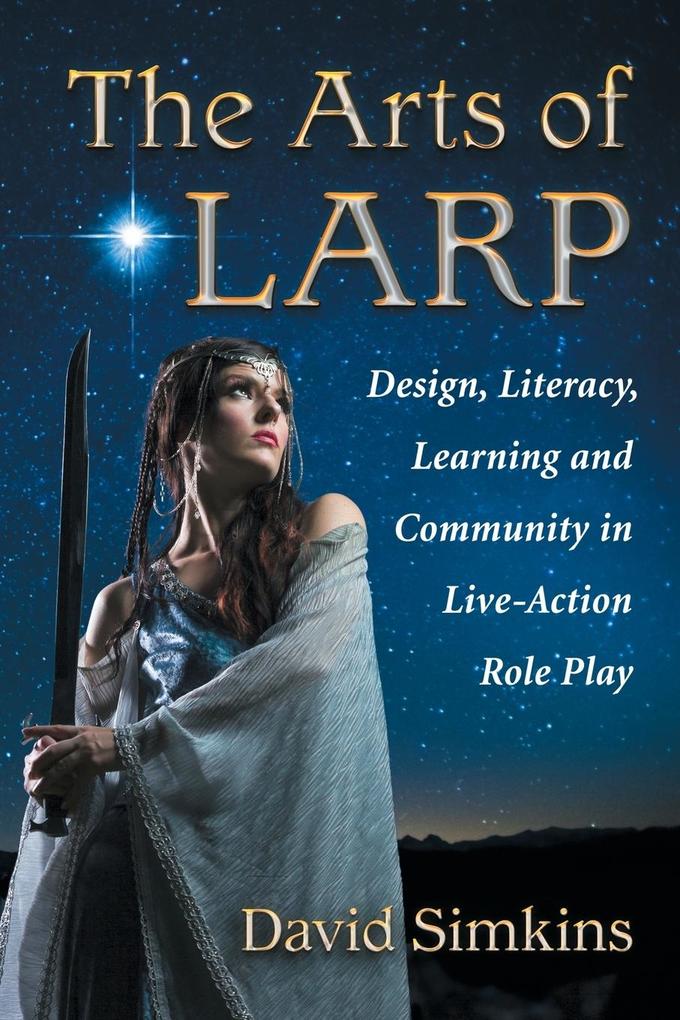
Zustellung: Do, 24.07. - Mo, 28.07.
Versand in 5 Tagen
VersandkostenfreiBestellen & in Filiale abholen:
This ethnography of a live-action role play (LARP) community examines the structure of play, how new participants are introduced and apprenticed into the culture, player expectations and motivations, and games as they are designed and as they are performed. The main focus is on LARP's affordance for learning across a variety of disciplines and interests. The book is intended for LARP participants, academics interested in play or in collaborative development, those interested in new uses of familiar learning environments, and game developers with an interest in creating games with highly interactive narratives and co-creative play experiences in which the role of designer and player is blurred.
Inhaltsverzeichnis
Table of Contents
Acknowledgments
Preface
Introduction: On Studying LARP
1. deleteWhat Is Live-Action Role Play?
2. deleteA Definition of Role Play
3. deleteRole Play as a Tool for Learning
4. deleteStory
5. deleteRules
6. deleteEnvironment
7. deletePlay
8. deleteCharacter
9. deleteWorld
10. deleteTheme
11. deleteLARP as a Literacy Practice
12. deleteLARP and Empathy
13. deleteCritical Ethical Reasoning
14. deleteUses of Technology in LARP
Appendix: Methods
Bibliography
Index
Acknowledgments
Preface
Introduction: On Studying LARP
1. deleteWhat Is Live-Action Role Play?
2. deleteA Definition of Role Play
3. deleteRole Play as a Tool for Learning
4. deleteStory
5. deleteRules
6. deleteEnvironment
7. deletePlay
8. deleteCharacter
9. deleteWorld
10. deleteTheme
11. deleteLARP as a Literacy Practice
12. deleteLARP and Empathy
13. deleteCritical Ethical Reasoning
14. deleteUses of Technology in LARP
Appendix: Methods
Bibliography
Index
Produktdetails
Erscheinungsdatum
01. Januar 2015
Sprache
englisch
Seitenanzahl
224
Autor/Autorin
David Simkins
Verlag/Hersteller
Produktart
kartoniert
Gewicht
371 g
Größe (L/B/H)
229/152/14 mm
ISBN
9780786496013
Entdecken Sie mehr
Bewertungen
0 Bewertungen
Es wurden noch keine Bewertungen abgegeben. Schreiben Sie die erste Bewertung zu "The Arts of LARP" und helfen Sie damit anderen bei der Kaufentscheidung.










